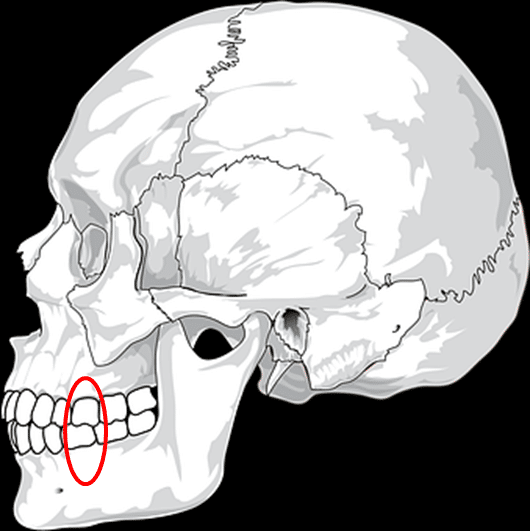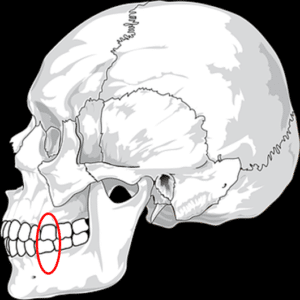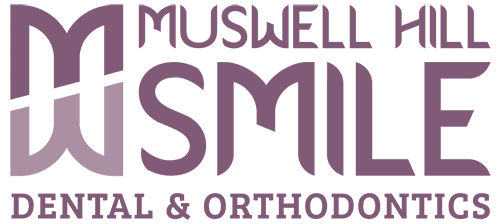
First permanent molar erupts at the age of 5 and half to 6 and half years and hence is also known as “six year molar”
It is the first non-succeeding tooth to erupt in to the oral cavity. It has a large occlusal (biting) surface. It bears the maximum load of occlusal forces. It is considered a key to occlusion. This tooth erupts posterior to the deciduous second temporary molar tooth. It is also an important key in establishing the arch perimeter. The first permanent molar also has maximum root surface and so is the most important anchorage unit used in tooth movement.

The first permanent molar tooth has been quoted as the most decay-prone tooth in the permanent dentition due to the presence of deep pits and fissures.
The importance of the first permanent molar is due to the occlusal morphology, the root surface area, the early timing of eruption and the anatomical location of this 1st permanent molar.
The extraction or removal of this tooth leads to problems in space management, tooth movement, mastication and occlusion. That’s why every attempt should be made to save this tooth in case it has decayed. Prevention is always better than cure!




